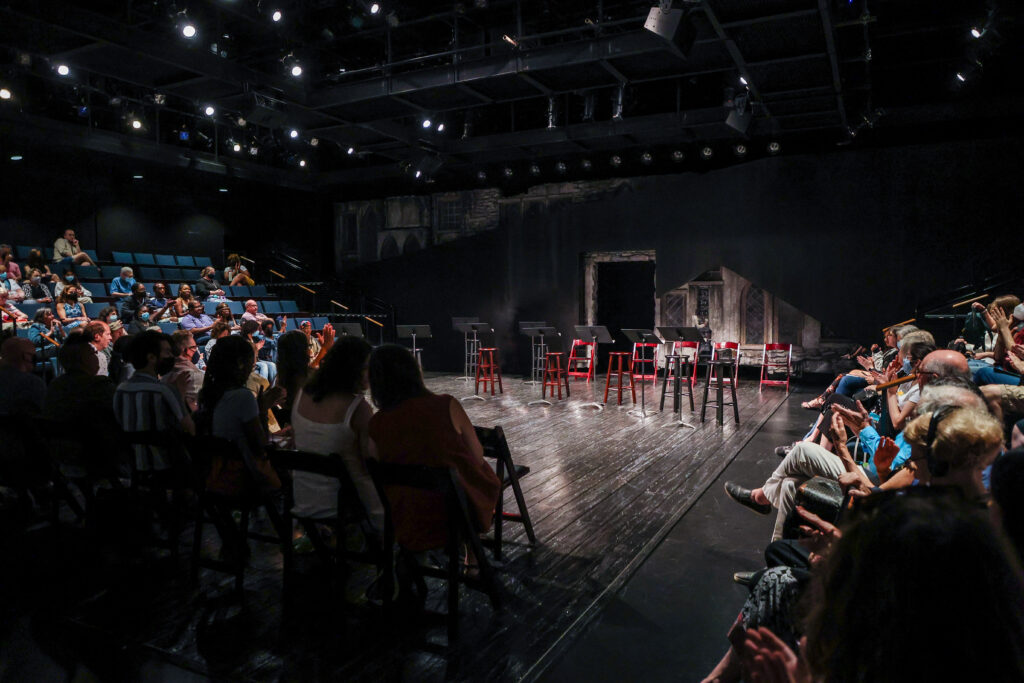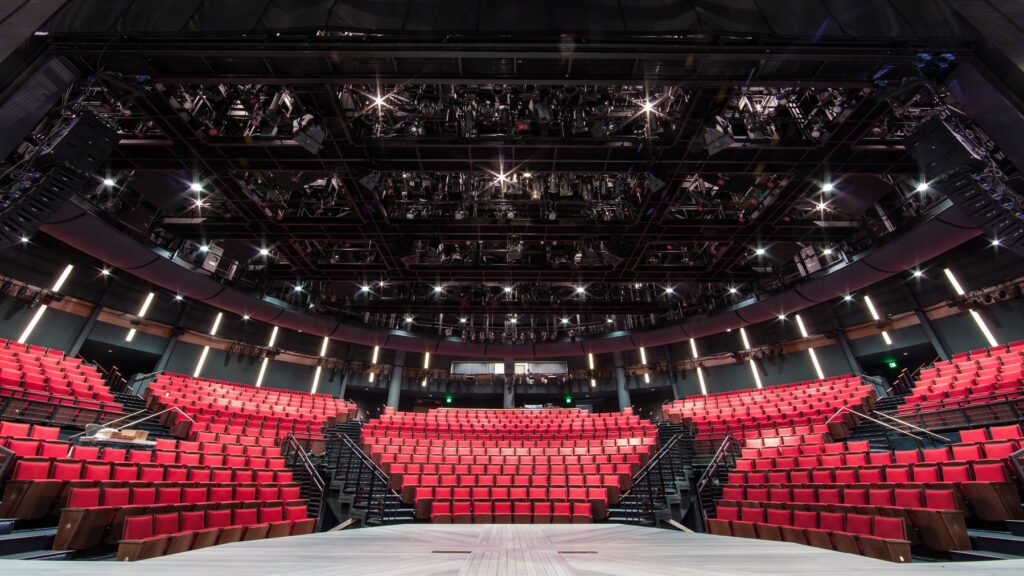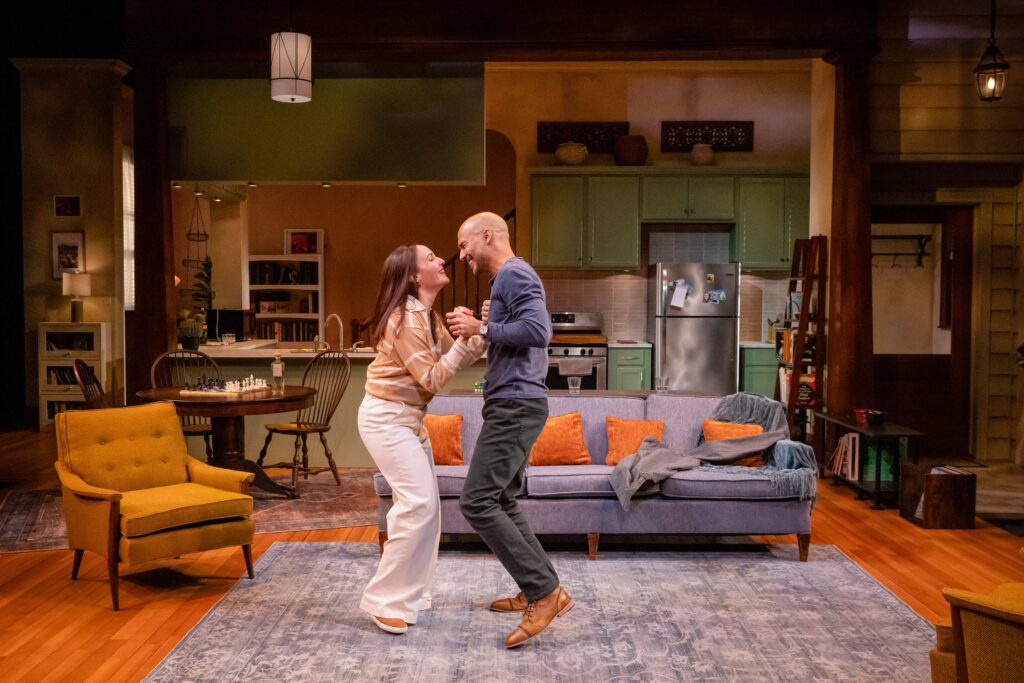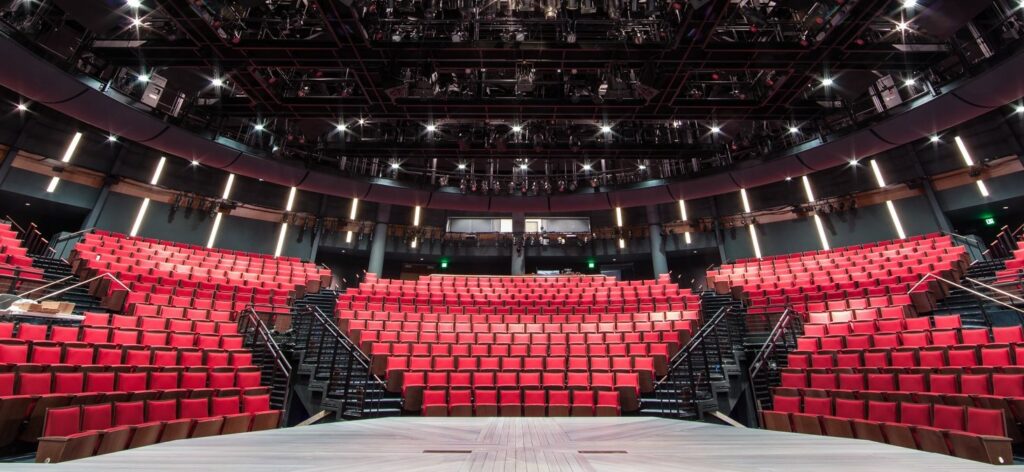Romance has a way of capturing hearts like no other genre. Among its many tropes, the “slow burn” stands out as a fan favorite. It offers a tantalizing journey emphasizing emotional depth and connection over instant gratification. A slow-burn romance builds anticipation, allowing love to unfold naturally and beautifully. This trope often leaves audiences deeply invested in the characters and their eventual union.
What Makes Slow Burn So Captivating?
At its core, the slow-burn trope thrives on tension and longing. Unlike whirlwind romances, where characters fall in love quickly, slow burns take time to develop. This trope highlights the small, seemingly insignificant moments—a shared glance, an accidental touch, or an unspoken sentiment—that eventually lead to a profound connection. By mirroring real-life relationships, where trust and affection often take time to grow, slow burns feel authentic and relatable.
Slow-burn romances also prioritize character development, allowing both protagonists to evolve as individuals before coming together. The tension builds incrementally, creating a richer, more satisfying payoff when feelings are finally confessed.
Memorable Slow Burn Romances
Here are some standout examples of slow-burn romances across books, movies, and plays:
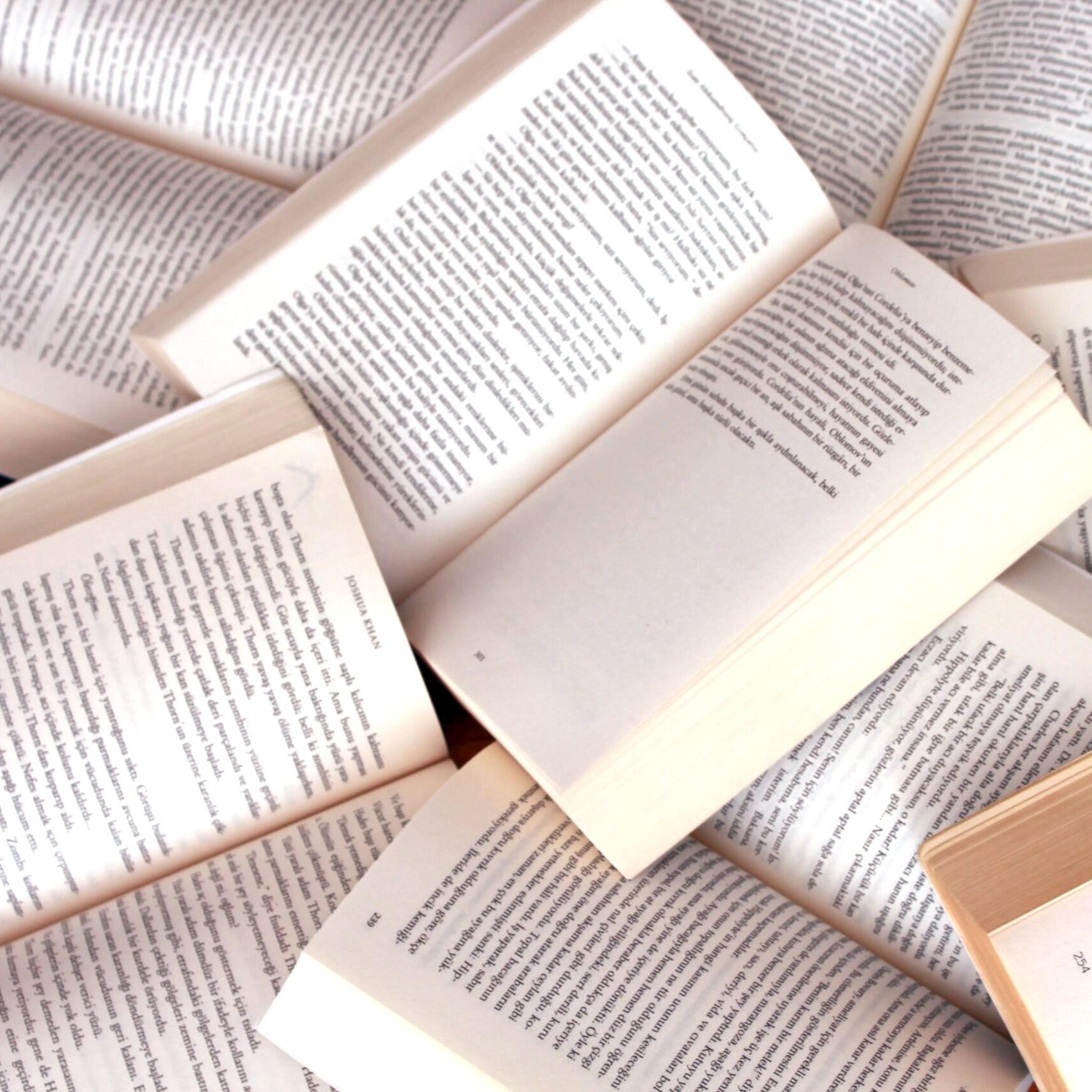
Books
- “Pride and Prejudice” by Jane Austen: Elizabeth Bennet and Mr. Darcy’s initial misunderstandings and gradual respect make their love confession deeply rewarding.
- “The Night Circus” by Erin Morgenstern: Celia and Marco’s romance unfolds through years of magical rivalry, creating a mesmerizing connection.
- “Jane Eyre” by Charlotte Brontë: The evolving relationship between Jane and Mr. Rochester is layered with mystery and emotional depth.
- “The Song of Achilles” by Madeline Miller: This poignant retelling of Achilles and Patroclus’ bond blossoms slowly into an unforgettable love story.
- “A Man Called Ove” by Fredrik Backman: Ove’s relationship with his late wife, Sonja, unfolds through touching flashbacks, revealing a love that grew over time.
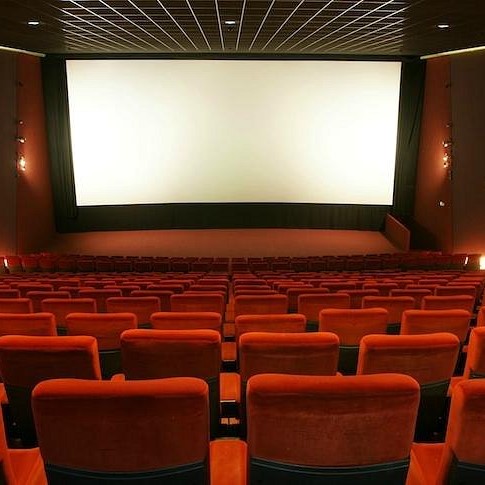
Movies
- “When Harry Met Sally” (1989): Spanning over a decade, Harry and Sally’s relationship evolves from friendship to soulmate-level love.
- “Before Sunrise” (1995): Jesse and Céline’s connection builds in a single, unforgettable night, setting the stage for a slow and heartfelt romance.
- “The Notebook” (2004): Noah and Allie’s enduring love story unfolds with a gradual, loving connection.
- “The Philadelphia Story” (1940): This sophisticated romantic comedy charts Tracy Lord’s gradual realization of love amid witty exchanges and rekindled feelings.
- “Harold and Maude” (1971): This unconventional romance between a young man and an older woman blossoms with tender, life-affirming moments.

Plays
- “The Bridges of Madison County” by Marsha Norman: Adapted from the novel, this play explores the bittersweet connection between Francesca and Robert, which unfolds over four days of longing and unspoken love.
- “Twelfth Night” by William Shakespeare: Viola and Orsino’s slow and layered journey to love, filled with mistaken identities and heartfelt realizations, is a quintessential slow-burn romance.
- “Constellations” by Nick Payne: This play explores love across parallel universes and highlights the incremental nature of connection.
- “Cyrano de Bergerac” by Edmond Rostand: Cyrano’s unspoken love for Roxane unfolds with heart-wrenching beauty.
Why We Keep Coming Back
Slow-burn romances remind us that love isn’t always instant. They celebrate the journey, the anticipation, and the beauty of love growing organically. These stories linger with us, showing that the wait is always worth it.
December: a love years in the making runs January 17 – February 2.




